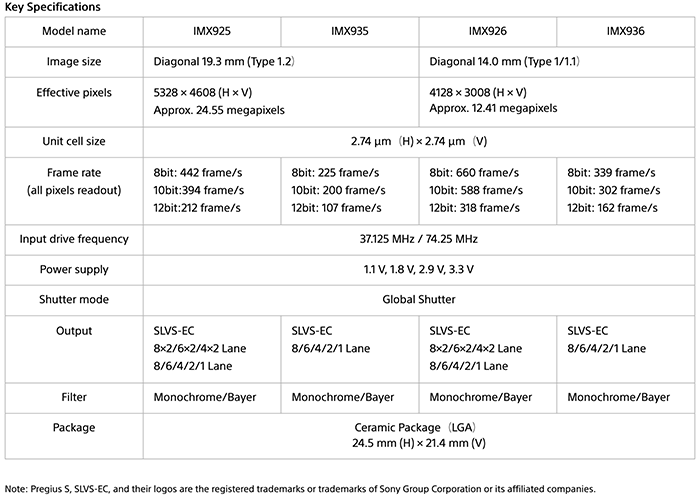Leaked images of the new DJI Mic Mini microphone (to be announced tomorrow)
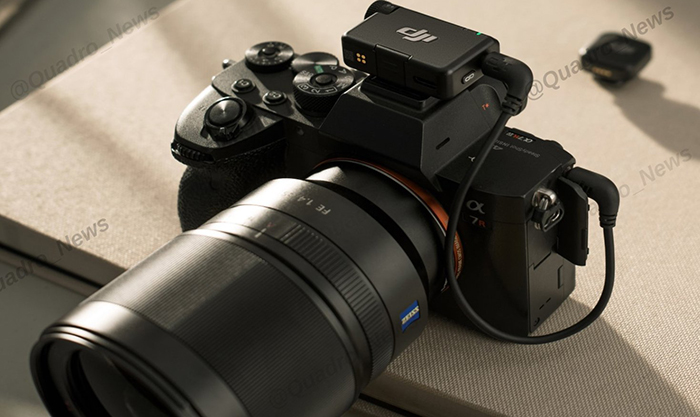
Tomorrow (Tuesday 26) DJI will announce the new DJI Mic Mini microphone. Images and specs have already been leaked:
via Quadro News

Tomorrow (Tuesday 26) DJI will announce the new DJI Mic Mini microphone. Images and specs have already been leaked:
via Quadro News
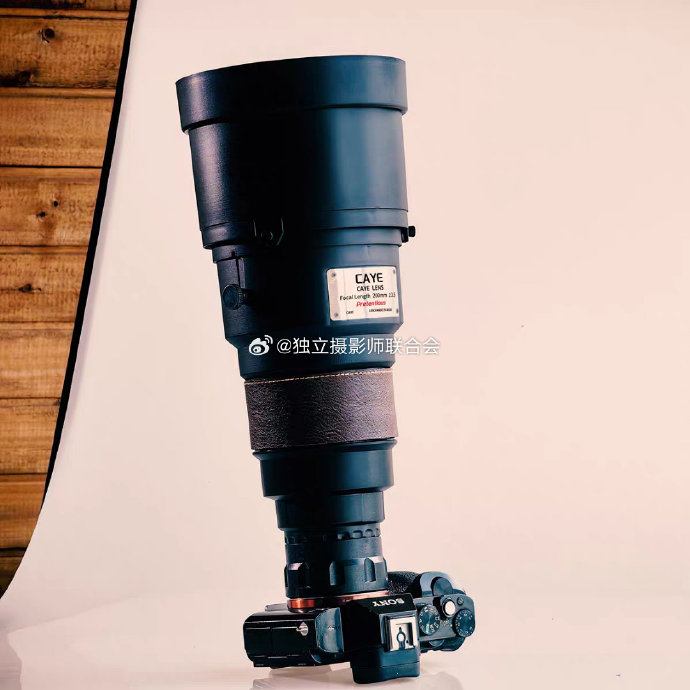
Caye Technology announced a new 200mm F3.5 lens. Key specs:
The price is 159 Yuan which is $21 only! A Chinese reader confirmed the pricing is this one and the company is known for making “fun” lenses :)
New Day and new Deals can be found on those Black Friday pages at Amazon, BHphoto, Adorama. Amazon DE, Amazon UK, Amazon FR, Amazon IT, Amazon ES, Amazon NL, Amazon AUS.
The new deals I found s far today:
Here is a lifts of the hottest deal I found (I will keep update this post with new deal)

Black Friday: Amazon, BHphoto, Adorama. Amazon DE, Amazon UK, Amazon FR, Amazon IT, Amazon ES, Amazon NL, Amazon AUS.
Among the many Black Friday deals we have a couple of third party lens deals that you cannot miss:
SD and CFexpress cards:
Storage deals:
Software deals:
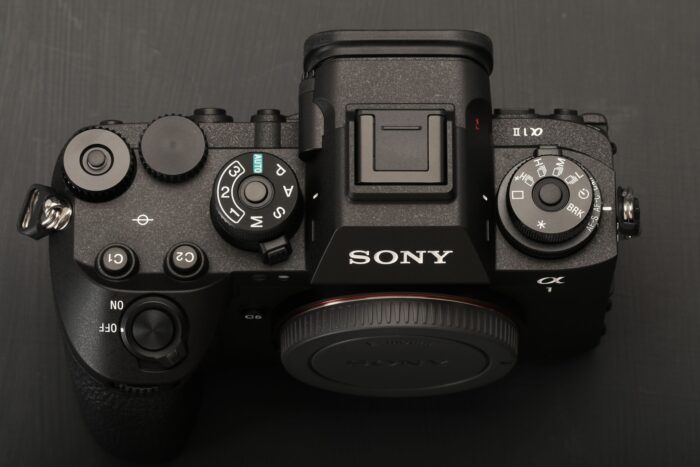
Sony A1II at BHphoto, Amazon, Adorama
Jeremy Gray from PetaPixel nails it when he writes:
When Sony announced the a1 II at its Creative Space event earlier this week, the camera was met with a slight buzz in the room. When Sony unveiled its incredible new FE 28-70mm f/2 GM lens, the room erupted. It’s not often that a new lens sucks up all the air in a room, especially not when a flagship camera is also announced.The original a1’s excellence is primarily to blame. The a9 III can also take some responsibility for the tepid response to the a1 II because it is the new measuring stick by which Sony camera announcements will be measured, fairly or not.
That’s exactly the point, Sony used us to give us big “WOW’s” when they announced new flagship models. This time around we didn’t get that. Still, I think the A1II is still an excellent camera as Jeremy writes
The Sony a1 II doesn’t provide Sony with the big leap ahead its predecessor did and I don’t believe it’s for a lack of effort or ability. I think it’s because the Sony a1 was so damn good that it’s practically impossible to follow. There was no significant shortcoming to address, and the technology to make the same type of revolutionary leap forward again simply doesn’t exist yet.
the company should take stock of the fact that it made its best camera even better, even if it’s not the mic drop moment of the original a1 or a9 III. Sony raised the standards so frequently that making something groundbreaking is almost impossible. Almost.
My personal take:
The A1II is made for professionals. And they will be happy with the up to 50% better autofocus performance, pre-capture, the better body and other small improvements it brings. Maybe in 3-4 years, when the Sony AIII is announced, the global shutter will have gotten so good that we’ll get a big jump in speed and features. Or maybe Sony can finally solve the 3-shift problems that Sigma hasn’t been able to solve yet. That would be a big WOW moment, don’t you think?
–
Preorder links:
Sony A1II at BHphoto, Amazon, Adorama, BestBuy, FotoErhardt, FotoKoch, Calumet, WexUK, Clifton, CameraPro. Sony Australia.
Sony 28-70mm f/2.0 GM at BHphoto, Amazon, Adorama, BestBuy, FotoErhardt, Fotokoch, Calumet, WexUK, Clifton, CameraPro. Sony Australia.
Sony photographer and Zeiss ambassador Greg Watermann has been interviewed by Zeiss (See video on top). And he also shot this new music video with the Zeiss Nano primes on the Sony a7SIII:
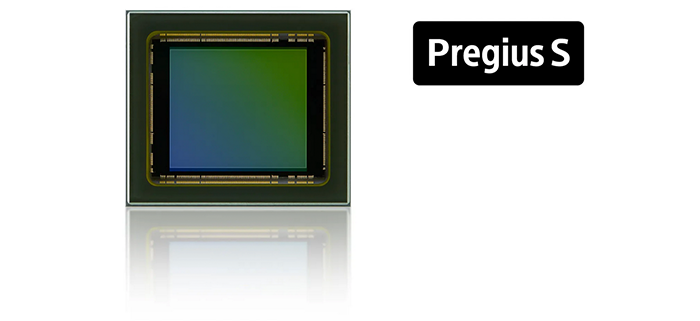
IMX925 CMOS image sensor
The new global shutter sensor is smaller than FF and APS-C and made for industrial use. But I’m some aspects of this technology will find its way into future Alpha cameras featuring global shutter.
Press text from Sony Semicron:
Sony Semiconductor Solutions to Release an Industrial CMOS Image Sensor
with Global Shutter for High-Speed Processing and High Pixel Count
Offering an Expanded, High-Precision Product Lineup Supporting Faster Recognition and Inspection
Atsugi, Japan — Sony Semiconductor Solutions Corporation (SSS) today announced the upcoming release of the IMX925 stacked CMOS image sensor with back-illuminated pixel structure and global shutter. This new product offers 394 fps high-speed processing and a high, 24.55-effective-megapixel*1 count and is optimized for industrial equipment imaging.
The new sensor product is equipped with the Pregius S™ global shutter technology made possible by SSS’s original pixel structure, delivering a compact design with minimal noise and high-quality imaging performance. It also employs a new circuit structure that optimizes pixel reading and sensor drive in the A/D converter, making processing approximately four times faster and twice as energy efficient as conventional products.*2
Along with the IMX925, SSS will also release three models with different sensor sizes and frame rates. The expanded product lineup will help make recognition and inspection tasks faster and more precise, improving productivity in the industrial equipment domain, where this kind of superior performance is increasingly in demand.
*1 Based on the image sensor effective pixel specification method.
*2 Compared to SSS’s IMX530 1.2-type 24.55-effective-megapixel CMOS image sensor.

With factory automation progressing, demand continues to grow for machine vision cameras capable of fast, high-quality imaging for a variety of objects in the industrial equipment domain. By employing a global shutter capable of capturing moving subjects free of distortion together with a proprietary back-illuminated pixel structure, SSS’s global-shutter CMOS image sensors deliver superb pixel characteristics, including high sensitivity and saturation capacity. They are mainly being used to recognize and inspect precision components such as electronic devices.
The IMX925 sensor is compact enough to be C mount compatible, the most common mounting standard for machine vision cameras. It has a total of 24.55 effective megapixels*1 and offers a higher frame rate than previous models thanks to the enhanced high-speed signal processing. These features enable increased image capture per unit of time, thereby reducing measurement and inspection process times and helping to save energy. The product is also expected to be useful in advanced inspection processes such as 3D inspections which employ multiple image data.
Main Features
■New circuit structure with optimized sensor drive for high-speed imaging and power saving
The new sensor models employ a new circuit structure that optimizes pixel reading and sensor drive in the A/D converter. Reducing the data output time enables high-speed imaging, so the IMX925 delivers a frame rate of 394 fps, about four times faster than conventional products.*2 Power consumption is also more than twice as efficient as on conventional products.*2 The reduced power consumption and shorter measurement and inspection times will contribute to improved productivity in various applications.
■Global shutter with original pixel structure for high-definition imaging in a compact package
The new products are equipped with SSS’s proprietary Pregius S global shutter technology. The back-illuminated pixels and stacked structure enable high sensitivity and saturation capacity on very small, 2.74 µm pixels. This structure delivers 24.55 effective megapixels*1 on the IMX925 in a C-mount-compatible 1.2-type size, delivering a high pixel count in a compact package. This design also ensures that the sensors can capture fast-moving objects free of distortion, which in turn makes the products highly useful in compact, high-definition machine vision cameras that can be easily installed on equipment and manufacturing lines.
■Higher data transmission per lane for higher camera precision and speed
![]()
The new products employ SSS’s own embedded clock*3 high-speed interface SLVS-EC™, which supports up to 12.5 Gbps/lane. With high-resolution image data transmitted on fewer data lanes than in the past, FPGA options are expanded, supporting the development of high-precision, high-speed cameras.
*3 A transfer method that embeds the clock in the data. There is no need to suppress delay time variance between lanes, resulting in easier board design and faster processing.
Related Links
IMX925 series product page: https://www.sony-semicon.com/en/products/is/industry/gs/imx925-926.html
Global shutter technology: https://www.sony-semicon.com/en/technology/industry/pregius.html
High-speed interface SLVS-EC™: https://www.sony-semicon.com/en/technology/is/slvsec.html
